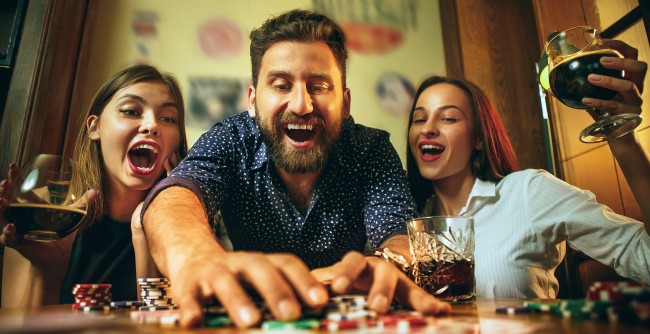
Bluffing is an integral part of poker strategy that prevents predictability in the game. Players must balance bluffing and value betting to maximize bluffing effectiveness. This balance ensures that their strategy remains unexploitable.
The concept of optimal bluffing frequency is closely linked to pot odds. For instance, if a player bets $100 into a $100 pot, they offer their opponent 2:1 pot odds. To stay unexploitable, the player must bluff approximately 33% of the time.
Professional players typically bluff with about 10-20% of their hands. This percentage can vary depending on the situation and the tendencies of their opponents.
Game theory optimal play suggests that the optimal bluff-to-value ratio should match the pot odds offered to the opponent. This principle ensures that the opponent cannot exploit the player’s strategy.
Using the formula f = s / (1 + 2s) to determine the optimal bluff frequency, where f is the frequency and s is the size of the bet relative to the pot, provides a mathematical basis for this balance.
For example, a pot-sized bet results in an optimal bluff frequency of approximately 33%. This balance makes the opponent indifferent to calling or folding.
Factors Influencing Decision-Making in Bluffing
Understanding the probabilities of various poker hands in order influences the likelihood of a successful bluff. Players can devise better strategies by comparing these probabilities with other variables, such as opponent behavior and betting patterns.
A study by the Behavioural Analysis Unit at MIT’s Poker Research Lab found that players who incorporate randomization into their play are 50% less likely to be successfully bluffed across multiple streets.
Meanwhile, players using Heads-Up Displays showed a 30% improvement in detecting bluffing patterns, according to a 2023 study in the Journal of Gambling Studies.
The effectiveness of bluffing also depends on maintaining a balanced range of hands. Game Theory Optimal poker strategy provides a framework to achieve this balance.
Players can ensure that their bluffing and value betting proportions make it difficult for opponents to exploit their strategy by following GTO principles.
The expected value of an opponent’s decision to call or fold should ideally be zero to ensure no advantage is gained regardless of their choice.
Practical Application of Bluffing Strategy
In practice, the optimal bluffing frequency is not fixed but varies according to table dynamics and opponent tendencies. Against opponents likely to call the bluffing frequency should decrease.
Conversely, the frequency can increase against opponents who are more prone to folding. Adjusting the bluffing frequency based on the perceived likelihood of an opponent calling is critical.
Position is also critical in bluffing strategy. Bluffing from a strong position, such as the button, allows players to exert more pressure. Bluffing from early positions carries more risk because more players remain to act and can potentially have strong hands.
The concept of semi-bluffing is another important aspect of bluffing strategy. A semi-bluff occurs when a player bets with a hand that is not currently the best but has the potential to improve. This type of bluff carries additional equity, as it can win the pot immediately if the opponent folds, or it can improve to the best hand if called.
Doug Polk, a professional poker player, emphasizes the importance of bluffing in a successful poker strategy. Opponents can easily exploit a player’s reliance on strong hands without bluffing.
Some experts argue that bluffing is more effective in cash games due to deeper stacks and longer play. It’s also riskier in tournaments where players have fewer chips and may call more frequently.
Psychological and Behavioral Aspects of Bluffing
Bluffing is about mathematics and psychology. Successful bluffing requires reading opponents accurately and understanding their tendencies. Research indicates that incorporating randomization into play makes players less predictable and reduces opponents’ bluffing success.
Studies show that players who regularly review hand histories improve their ability to counter bluffs by 40%, according to a 2024 online poker analytics report.
Another study found that players listening to classical music were 25% more likely to make correct decisions when facing potential bluffs.
Understanding player tendencies allows for tailored bluffing strategies to exploit opponents effectively. For instance, some players may fold more under pressure, while others may call frequently. Recognizing these behavioral patterns can make bluffing more effective and improve overall strategy.
Bluffing effectiveness also correlates with player preparation and tools used during play. Players using tools showed substantial improvements in detecting bluffs.
Reviewing hand histories and incorporating randomization are also effective strategies in reducing predictability and making bluffs more successful.
Therefore, a comprehensive understanding of the mathematical, psychological, and behavioral aspects of bluffing is essential for optimal bluffing strategies in poker.
Also Read:
